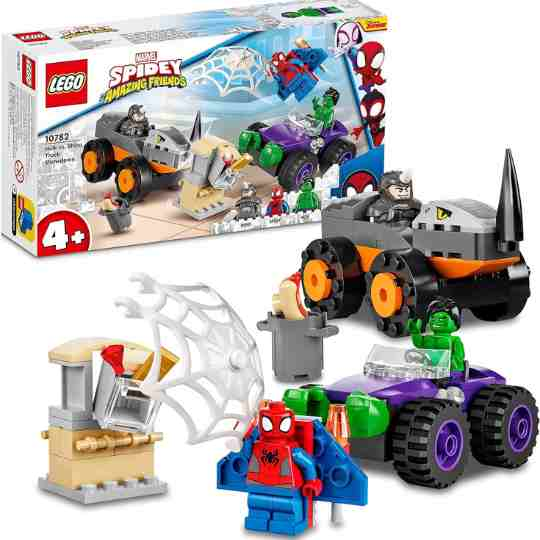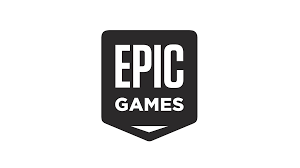When it comes to blending fun with education, nothing quite matches the effectiveness of educational games for chidren. These games are designed to engage children not just by entertaining them but also by challenging their minds, enhancing their problem-solving skills, and introducing complex concepts in an enjoyable way. From math and science to language arts and coding, the right educational game can cater to any interest or age group, turning learning into an adventure that children genuinely look forward to.
Technology plays a significant role in education. As educators strive to engage students in Science, Technology, Engineering, and Mathematics (STEM) subjects, incorporating educational games into the curriculum has become increasingly popular. Educational games for children is a plus.
In this post, we’ll explore some of the best educational games available that can help boost cognitive development, encourage creativity, and instill a love of learning in your children.
1. Minecraft: Education Edition
Minecraft: Education Edition is an immersive game that allows students to explore, build, and collaborate in a virtual world.
This game promotes creativity, problem-solving, and teamwork, making it an excellent tool for teaching STEM concepts.
Students can engage in activities like building structures, conducting experiments, and exploring historical sites, all while learning about physics, geology, and more.
2. CodeCombat
CodeCombat is a game that introduces students to the world of coding. Through interactive challenges and puzzles, students learn programming languages like Python and JavaScript.
This game provides a hands-on approach to coding, allowing students to apply their knowledge in real-time.
By completing levels, students develop problem-solving skills and logical thinking, essential for success in STEM fields.
3. Kerbal Space Program
Kerbal Space Program is a space simulation game that lets students design and launch their own rockets.
By experimenting with physics and engineering principles, students learn about orbital mechanics, spacecraft design, and space exploration.
This game encourages creativity and critical thinking as students navigate the challenges of space travel.
4. Tynker
Tynker is an educational platform that teaches coding through game-based activities. With a variety of puzzles, challenges, and coding projects, students can learn programming concepts while having fun.
Tynker covers a range of topics, including game design, robotics, and app development, making it a versatile tool for STEM education.
5. SimCity
SimCity is a city-building simulation game that allows students to create and manage their own virtual cities.
By making decisions about infrastructure, zoning, and resource management, students learn about urban planning, environmental sustainability, and economics.
SimCity provides a hands-on experience that combines creativity with critical thinking skills.
6. Universe Sandbox
Universe Sandbox is a physics-based space simulator that allows students to explore and interact with the universe.
By manipulating various celestial bodies and observing their interactions, students learn about gravity, orbital dynamics, and the formation of galaxies.
This game provides an immersive experience that sparks curiosity and deepens understanding of astrophysics.
7. Roblox
Roblox is a user-generated online gaming platform that offers a wide range of games and experiences.
It also provides tools for students to create their own games and share them with others.
Roblox encourages creativity, problem-solving, and collaboration, making it an excellent platform for students interested in game design, coding, and virtual world creation.
8. Bridge Constructor Portal
Bridge Constructor Portal combines the physics-based puzzle-solving of Bridge Constructor with the mind-bending challenges of the Portal series.
In this game, students design and construct bridges to navigate through complex levels.
By applying engineering principles and logical thinking, students learn about structural integrity, problem-solving, and spatial reasoning.
9. Human Resource Machine
Human Resource Machine is a programming puzzle game that introduces students to the fundamentals of computer programming.
By completing tasks and solving puzzles, students learn the basics of coding, including algorithms, loops, and conditionals. This game promotes logical thinking and computational skills, essential for success in STEM fields.
10. The Incredible Machine
The Incredible Machine is a puzzle game for children that challenges students to solve complex problems using a variety of objects and tools.
By experimenting with physics and engineering concepts, students develop critical thinking and problem-solving skills. This game encourages creativity and ingenuity as students find innovative solutions to each level’s unique challenges.
Conclusion
In conclusion, educational games for children offer a dynamic and engaging way to enrich your child’s learning experience outside the traditional classroom environment. By integrating these games into their daily routine, you can help your child develop essential skills, nurture a love for learning, and provide them with a solid foundation for academic success.
Again, these games can enhance students’ learning experience and foster their interest in science, technology, engineering, and mathematics.
Remember, the key to effective learning is engagement, and with these top-notch educational games, your child is sure to be both entertained and educated.






